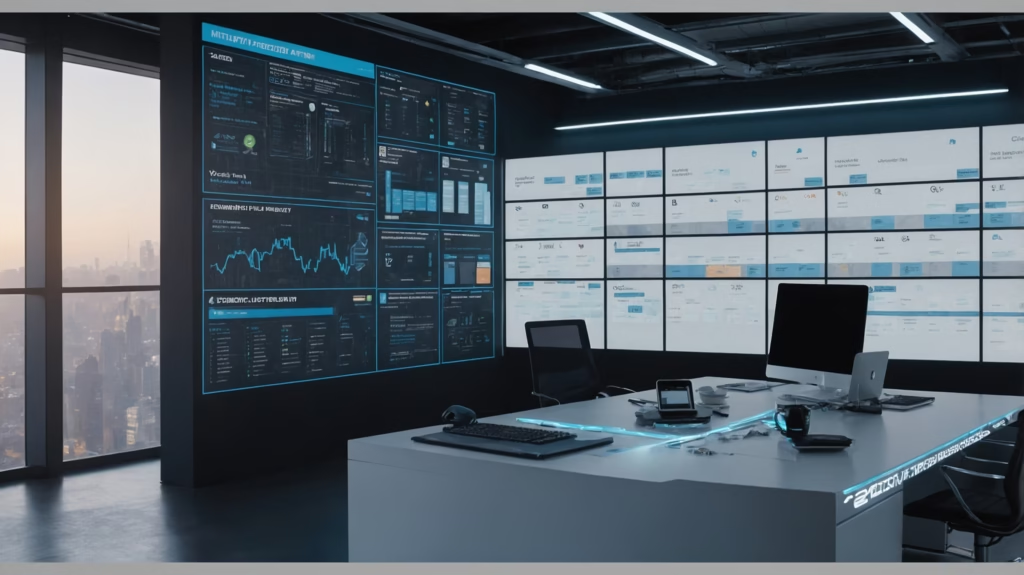How to Build a Personal AI Assistant with ChatGPT Custom GPTs (2025 Guide)
Want your own AI assistant that writes blogs, plans content, and automates posts? With ChatGPT Custom GPTs and the new Memory Pro feature, you can build a personal AI assistant that works just like a virtual content manager. No coding needed — just strategy..

Table of Contents
- What Is a Personal AI Assistant in 2025?
- Why ChatGPT Pro with Memory & Custom GPTs?
- Step-by-Step: Build Your AI Assistant
- Real Use Cases You Can Try Today
- Tools You Can Integrate with Your Assistant
- Tips for Better Performance
- Limitations and Cautions
- Final Thoughts
- FAQs
What Is a Personal AI Assistant in 2025?
Forget Siri and Alexa. The new generation of personal AI assistants can now:
- Write full blog posts
- Plan your weekly content calendar
- Generate YouTube scripts
- Even post directly to your website
This is made possible through Custom GPTs + ChatGPT Pro Memory, combining personalization, automation, and intelligence in one AI-powered workflow.
Why ChatGPT Pro with Memory & Custom GPTs?
What Is ChatGPT Memory?
Memory allows ChatGPT to remember facts about you, your tone, your style, your tools — across sessions.
What Are Custom GPTs?
These are personalized AI agents that you build with specific instructions, files, tools (like Code Interpreter or web browsing), and workflows.
🔹 You can create a blog writer GPT, a content planner GPT, or even a YouTube scriptwriter GPT — all with your personal voice and goals built in.
Step-by-Step: Build Your AI Assistant
1. Upgrade to ChatGPT Pro
You’ll need Pro to unlock:
- Memory
- Custom GPT Builder
- GPT-4o access
2. Enable Memory
Go to Settings → Personalization → Enable Memory.
3. Create a Custom GPT
Use the GPT Builder and:
- Name it: “My Content Assistant”
- Add system instructions (e.g., tone, tools used, brand style)
- Enable tools: Code Interpreter, Browsing
4. Train It With Examples
Use 2–3 good examples:
- A past blog
- Your content goals
- Your publishing frequency
5. Assign Workflows
Create command patterns like:
- “Write a blog on [topic] using SEO structure”
- “Plan this week’s social media posts”
- “Generate YouTube script for this blog”
6. Connect It to Tools (Optional)
Use:
- Airtable to manage content
- Make.com to automate workflow
- WordPress API to publish directly
Real Use Cases You Can Try Today
- Write a blog post in your tone with a 1-sentence prompt
- Plan 7 content ideas for your niche
- Generate a YouTube script in your style
- Create product reviews with embedded affiliate links
- Set daily reminders or a weekly blog checklist

Tools You Can Integrate with Your Assistant
| Tool | Purpose |
|---|---|
| Airtable | Store content briefs, blog ideas, product reviews |
| Make.com | Automate workflows between ChatGPT, WordPress, Notion |
| WordPress (Kadence) | Publish posts directly |
| ElevenLabs | Turn blog content into voiceover |
| HeyGen | Turn AI blog into a talking avatar video |
Tips for Better Performance
- Use clear system instructions while building GPT
- Use memory notes like “I prefer a casual-professional tone”
- Periodically update GPT examples with your latest content
- Save outputs to Airtable or Notion for backup
Limitations and Cautions
- GPT may hallucinate if instructions are vague
- Sensitive data stored in memory (review privacy settings)
- Posting automation requires review before live publishing
Final Thoughts
You’re not just using ChatGPT anymore. You’re building your own AI team — one assistant to write, plan, and publish for you.
Start simple: one GPT for writing. Add workflows later. The future of solopreneurship is AI-powered, and you’re right on time.
FAQs
1. What’s the difference between ChatGPT Memory and normal prompts?
Memory allows ChatGPT to store personalized details across sessions. Prompts are session-based only.
2. Can this AI assistant publish directly to WordPress?
Yes, using tools like Make.com and WordPress API, your assistant can auto-post blogs.
3. How many Custom GPTs can I create?
Currently, there’s no hard limit, but performance may vary. Many creators use 3–5 for different roles.
4. Is this setup beginner-friendly?
Yes — even non-coders can follow the step-by-step using GPT Builder and Make templates.
5. Can I add video or voice content to this workflow?
Absolutely! Use ElevenLabs for voice, HeyGen for videos, and RunwayML for clips.

